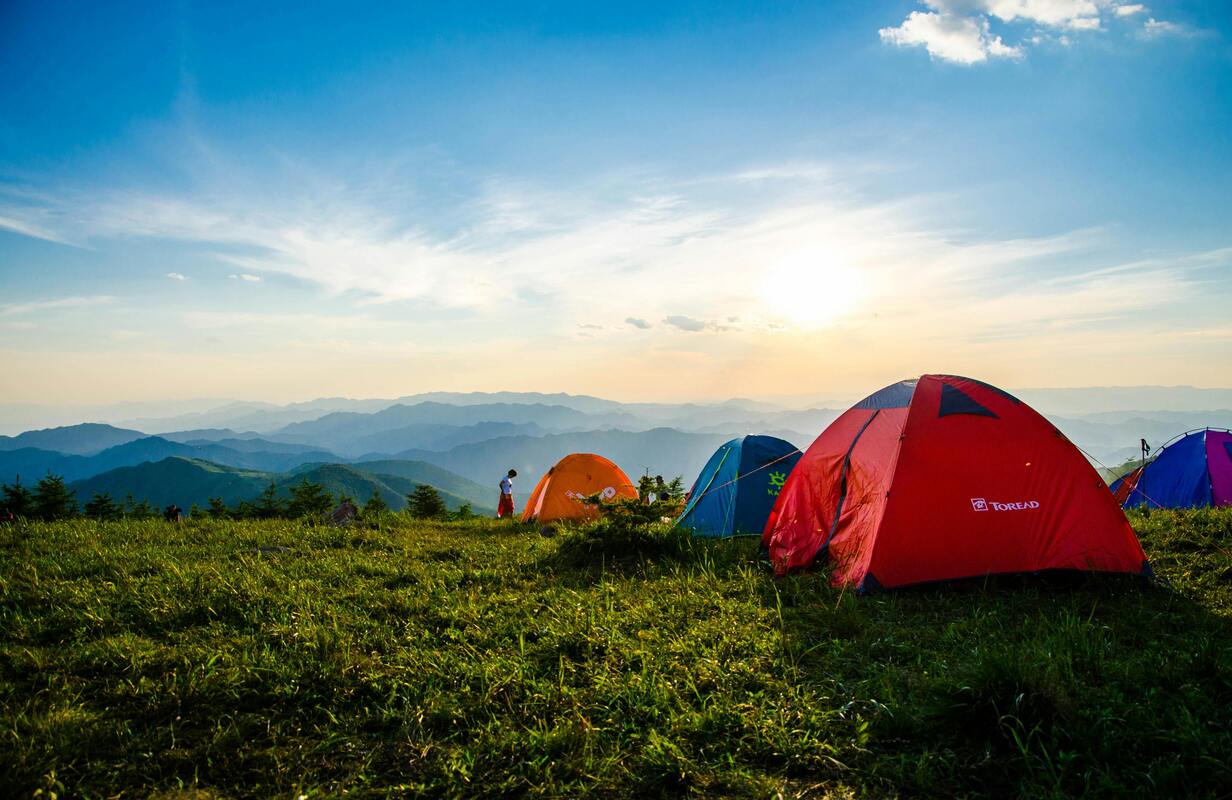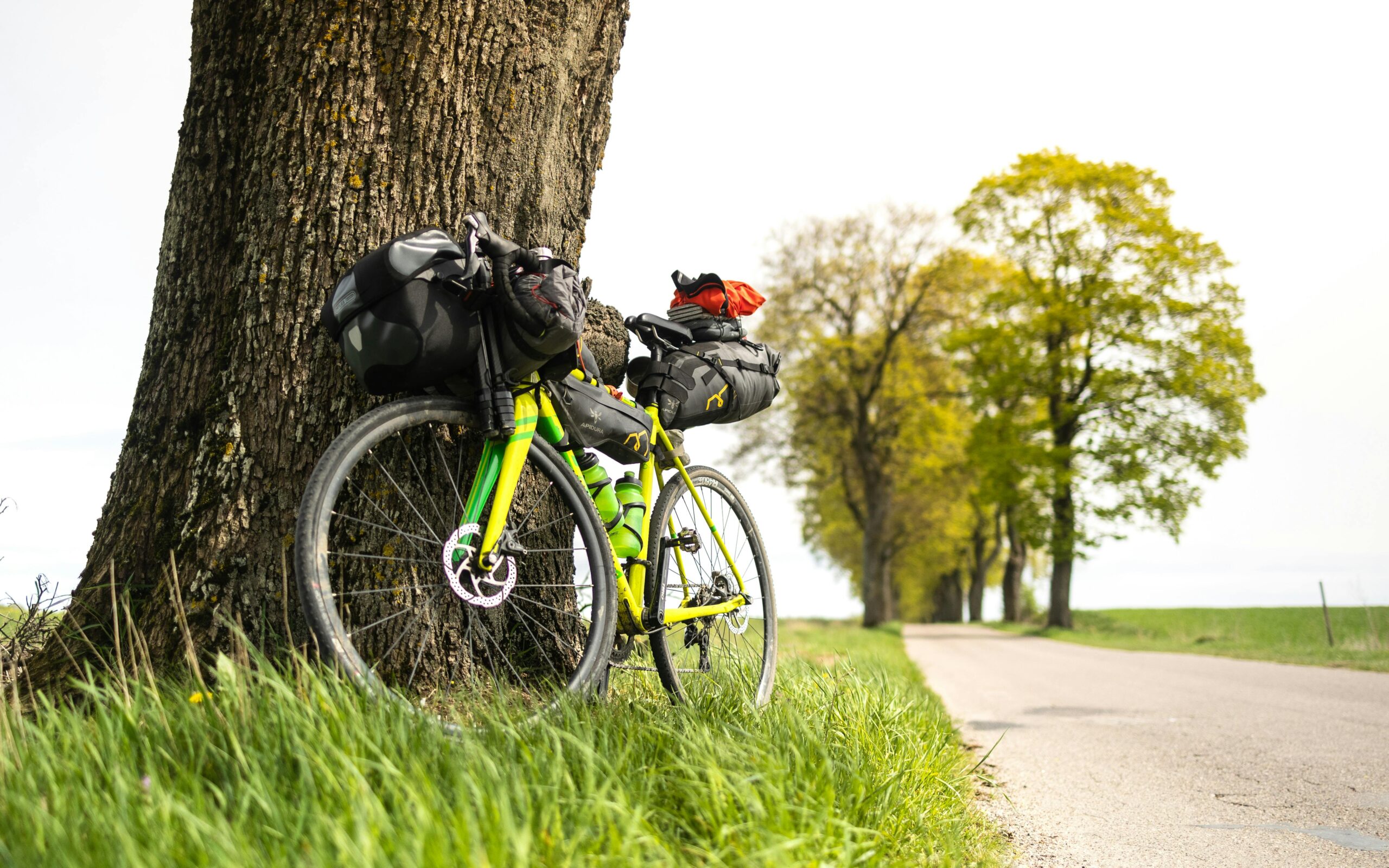This guest post is by Alexandra Turner, an avid adventurer and environmental advocate. She combines her love for travel with a commitment to sustainability, sharing tips on how to explore nature responsibly and leave no trace.
Adventure travel allows us to leave the world, reach out to nature, and see far-off lands. But as more people turn to outdoor recreation, the need to protect the natural world we enjoy also grows. Sustainable adventure travel allows us to leave less of a footprint but still revel in the beauty of the great outdoors. In the article below, we aim to discover how to appreciate the beauty of nature and visit wild places without harming the environment.
What is Eco-Friendly Adventure Travel?
A green adventure holiday is a holiday whose purpose is a travel and nature activity with the discovery of nature. It involves taking extra precautions to coexist with animals — conserving resources and conducting green activities. While camping on a hike or canoeing, the idea is to enjoy any aspect of nature without removing anything from it or adding anything to it.
Why Is Eco-Friendly Travel Important?
The increased traffic of visitors to the backcountry, national parks, and beautiful natural scenery for holidays becoming so-called "overused" is responsible for these areas getting polluted, habitats getting destroyed and wildlife getting affected.
Responsible travel allows the tourist to do something meaningful when it comes to ecosystems and biodiversity conservation. For instance, most destinations earn money through tourism in protecting their landscape; thus, being an eco-tourist is not a choice but paying directly for wildlife conservation as well as restoration of habitat.

Key Principles of Eco-Friendly Adventure Travel
The green tourism movement is based on sustainability, responsibility, and nature care. Concerning the aforementioned principles, some of the most important rules to be followed are:
Follow the Leave No Trace Principles
The rules under Leave No Trace (LNT) are designed for visitors who want to reduce their impact on the area they are visiting. These seven concepts revolve around the intent of minimizing human impacts in natural settings:
- Make a plan and prepare. Research where you will go and make the necessary arrangements, especially regarding the area's landforms.
- Travel and camp on established surfaces. Use existing trails and campsites to not further degrade already fragile places.
- Pack it in, pack it out. Carry away your refuse including food scraps as they are considered waste as well.
- Leave nothing but bubbles. Avoid harming wildlife, vegetation, and geological features.
- Keep campfires small. Use a camping stove instead of a fire or use existing fire rings.
- Respect nature. Interact minimally with fauna. Do not feed them or worse, kill them with a yakut knife.
- Respect fellow travelers. Always treated well and with courtesy other individuals who seek solace in nature's embrace.
Opt for Eco-Friendly Commute
In making your choice for travel, it is better to opt for less environmentally friendly public modes of transportation. Although at a distance, flying might not be avoided, check if you can travel by train or bus for shorter distances. Once you've reached the place, attempt shared travel, walking, or biking while commuting to reduce emissions.

Reduce Energy Consumption
Be conscious of your energy consumption when driving. Use green equipment that includes solar chargers, LEDs, and rechargeable batteries. Try to find headlamps or lanterns that are solar-powered while camping since they use less power and are environmentally friendly.
Eco-Friendly Gadgets and Accessories
The equipment that you utilize in the process of carrying out your job may also play a major role in affecting the environment. Green equipment is made to minimize waste, encourage recycling, and help ensure ethical manufacturing. Below are some guidelines on how to select green equipment:
Opt for High-Quality, Long-Lasting Gear
Spend on long-lasting equipment to limit waste. Gear like waterproof covers, rugged backpacks, and eco-friendly tents will last longer and function better, reducing replacement costs.
Use Reusable Items
Make the switch to reusable products and say goodbye to single-use plastics. Don't forget to pack a refillable container, stainless-steel or bamboo spoon and fork, and a reusable bag. Opt for an eco-friendly light camping stove or titanium pots for your minimal cooking needs.
Choose Eco-Sensitive Brands
You can also look for green brands like Patagonia, The North Face, and REI that are sustainable and attempt to minimize waste. Most outdoor brands also contribute to the world and offer a portion of sales towards cause environmentalism.

Eco-Friendly Tips for Outdoor Work
There are certain environmental policies linked with each adventure sport. Some recommendations here are particularly for regular outdoor activities:
Hiking
- Stay on established trails. Avoid creating new trails because it kills vegetation and degrades terrain.
- Pack out all the garbage. Pack out everything you pack in, biodegradable or not, including food waste.
- Do not disturb plants and rocks. Environmental disturbance has long-term effects on the environment.
Camping
- Camp in campgrounds. Camp in established campsites or campgrounds and have little or no impact on the environment.
- Use a camp stove. Instead of a fire, use a camp stove to have little or no effect on local plants and reduce air pollution.
- Use biodegradable soap. If dishes are to be washed, wash dishes with biodegradable soap and far from water sources.
Kayaking or Canoeing
- Avoid interfering with animals. Avoid approaching wildlife and refrain from making noises that will agitate them out of their native home.
- Disinfect equipment. Disinfect your kayak or canoe in between uses to avoid the spread of invasive species.
Mountain Biking
- Ride on trails. Ride on designated bike trails to avoid erosion and damage to plants.
- Maintain your bike in proper condition. Get your bike regularly inspected for mechanical issues to prevent oil leaks or other types of environmental hazards.
Supporting Conservation Efforts
Eco-tourism is not just a question of lessening your footprint; it's also a matter of returning so you can help maintain the environment as a whole. These are some ways that you may return:
Volunteer Conservation Work
Other places offer the opportunity to volunteer for conservation work such as wildlife monitoring, habitat restoration, or trail maintenance. Volunteering allows you to give something to places you are concerned about.

Support Sustainable Development Projects
Look for tourism-friendly and sustainable destinations or tour operators. Companies like the Global Sustainable Tourism Council and Green Key Global are certifications for eco-friendly destinations and hotels that go out of their way to reduce their footprint on the environment.
Give to Conservation Groups
Make contributions to organizations that protect wildlife and wilderness. Groups like The Wilderness Society and World Wildlife Fund save natural habitats and save endangered species.
Benefits of Ecotourism Adventure Travel
You are opening the door to saving nature without sacrificing nature with ecotourism. Aside from minimizing the carbon footprint, you are also encouraging others to embrace environmental travel practices. Secondly, investing in sustainable tourism fosters sustainable land management of the local populace, wildlife, and the ecological system.
Conclusion
Green adventure travel plays a very significant role in the preservation of the natural world we so enjoy traveling to. Following the principles of Leave No Trace, employing sustainable equipment methods, and contributing to conservation can assist in guaranteeing our future generations can enjoy the same untouched world. Adventure is not merely discovery — it's responsibility, sustainability, and respect for our world. And the next time you go out into nature, please step softly and take nothing back.















